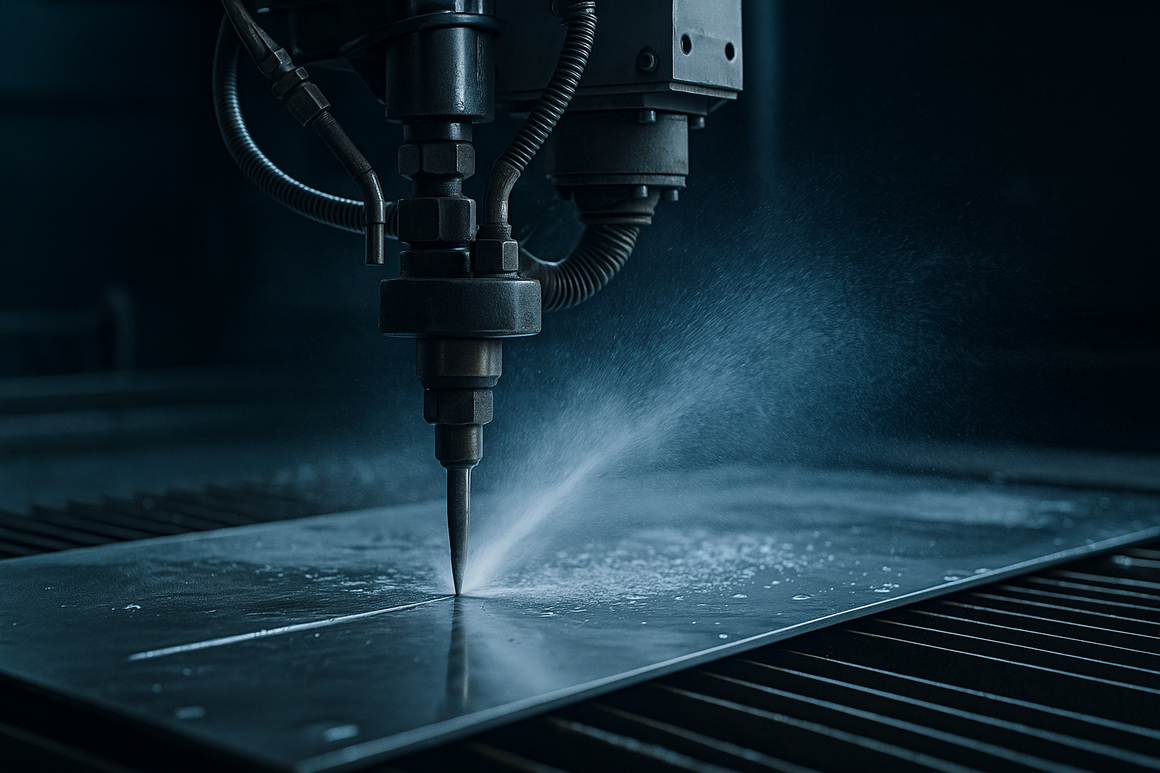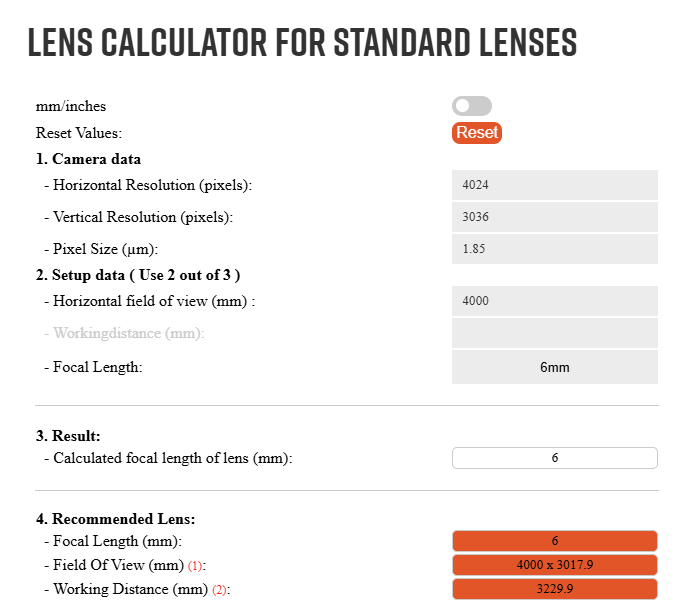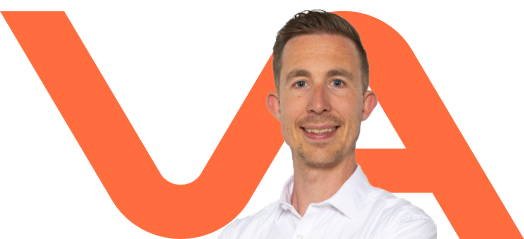Optimizing Waterjet Cutting with Machine Vision
Waterjet cutting is one of the most versatile and precise manufacturing methods used across industries such as aerospace, automative, and custom fabrication. These systems are capable of cutting complex shapes from various materials with high tolerances. However, even with such advanced machinery, manufacturers continue to face two main challenges: improving efficiency and minimizing material waste.
To address these issues, many manufacturers are integrating industrial cameras into their high-precision waterjet cutting and plasma cutting systems. Acting as the intelligent “eyes” of the machine, machine vision technology enables automated inspection, digital job planning, and optimization of cutting paths. When paired with powerful image processing software, it allows operators to plan and execute cuts with unmatched precision, reducing scrap, improving accuracy, and streamlining production.

This article explores how a well-designed machine vision setup including a high-resolution camera, precision lens, and durable accessories, can elevate water jet cutting and plasma cutting performance to new leads.
Table of contents
Industrial Camera Selection for Waterjet Cutting
To achieve a system accuracy of 1 mm on a cutting table measuring 4000 x 2500 mm, a high-resolution industrial camera was essential. The selected model, MER2-1220-9GC-P, features the Sony IMX226 sensor with a 4024 x 3036 pixel resolution, providing detailed imaging across the entire cutting surface.
Since the camera was installed in a stationary setup, a rolling shutter was the most efficient and cost-effective choice. Motion blur was not a concern, and this configuration offered exceptional image quality at a lower price point compared to global shutter models. A color camera was required to ensure full compatibility with the third-party water jet cutting software.
The chosen GigE camera with Power over Ethernet (PoE) further simplified installation. Using a single Cat5 cable for both power and data transmission reduced cabling complexity, lowered maintenance costs, and enhanced reliability in demanding industrial cutting environments.
Lens Selection for Sony IMX226 in Waterjet Cutting Applications
Once the industrial camera was selected, lens selection became the next important step of the application. The setup required a maximum working distance of 3500 mm above the cutting table, demanding a lens capable of providing the correct field of view at that distance.
Our lens calculator indicated that a 6 mm focal length would deliver the desired performance. Based on this calculation, we recommended the VA-LCM-12MP-06MM-F2.4-017. This 12 MP, 6 mm C-mount lens provides a field of view of 4000 x 3017.9 mm at a working distance of 3229.9 mm, perfectly covering the cutting table. It is also fully compatible with the 1/1.7 inch Sony IMX226 sensor, ensuring sharp, distortion-free images across the full area.
The calculation confirmed that this lens delivered exactly the balance required between resolution, field of view, and working distance.

Machine Vision Accessories for Cutting Systems
To guarantee long-term stability and protection in a demanding waterjet cutting environment, the system was complemented with high -quality machine vision accessories:
- MVEC-167-IP housing → Our in-house developed IP-67 machine vision enclosure to protect the camera from dust, water, and other conditions typically found in an industrial environment.
- Cat5 GigE cable → for both data and power transfer, simplifying installation while maintaining stable communication.
- Mounting plate → to secure the camera at the correct height and angle for coverage of the cutting table.
Together, these accessories ensure that the vision system remains durable, stable, and maintenance-free under continuous industrial use.
Image Processing Software for Waterjet Machines
While hardware forms the base of this application, the true optimization comes from software integration. In this case, the camera system was integrated with a third-party image processing and cutting optimization software running on the machine’s industrial PC.
This software allows operators to digitally plan cutting layouts, automatically arranging parts on the raw material for the maximum efficiency and minimal waste. The software calculates cutting paths, improves nesting, and increases throughput, all based on the high-resolution images captured by the industrial camera.
Before full integration, our Galaxy Viewer SDK was used to configure camera settings like exposure, gain, and color balance. Once integrated, the water jet cutting software controlled by the camera seamlessly, keeping the familiar operator interface intact.
Key results:
- Smoother, faster production planning
- Reduced scrap and material costs
- Improved reliability and overall cutting performance
A Scalable Approach to Waterjet and Plasma Cutting
Although this project focused primarily on waterjet cutting, the same machine vision setup can easily be adapted to plasma cutting systems. Both technologies benefit from vision-guided planning, reduced material waste, and optimized workflows.
The combination of a high-resolution industrial camera, compatible lens, industrial-grade enclosure, and integrated image processing software creates a complete, scalable solution. This approach meets current manufacturing precision needs while remaining flexible for future system upgrades.
If you are planning to implement machine vision technology in industrial cutting such as water jet cutting or plasma cutting, our experts can support you from start to finish. From selecting the ideal industrial camera and lens to designing a robust, high-performance vision solution tailored to your production line, we can help you achieve greater accuracy, efficiency, and sustainability.
Contact us today to learn how machine vision can optimize your waterjet cutting process.
















































